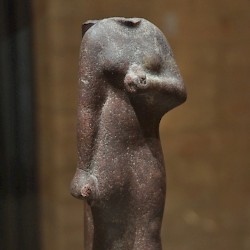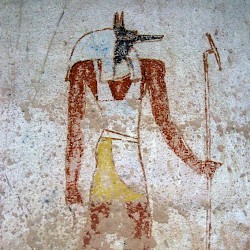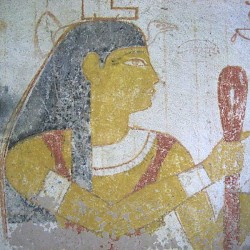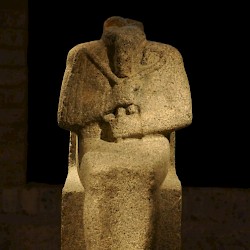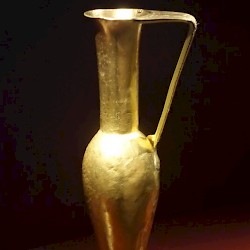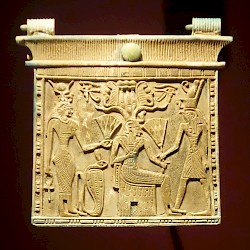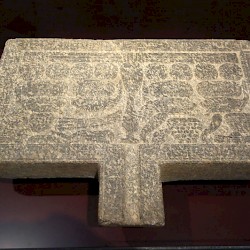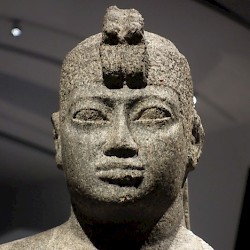Napata
Q743282Napata: name of a group of settlements on the Middle Nile, capital of a Nubian kingdom, flourishing in the first half of the first millennium BCE, also known as Kush.
Napata
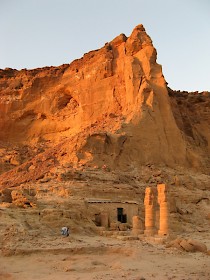
Napata is the name of a group of Nubian settlements near the Fourth Cataract in the Nile: Sanam, the cemeteries of El-Kurru and Nuri, and the sanctuary of Gebel Barkal. It had been one of the residences of an Egyptian viceroy, but after the demise of the New Kingdom, the local elite, which controlled the trade routes, seized power. The art of the kingdom of Napata resembles Egyptian art, but has several characteristics of its own.
Between 730 and 725 BCE, the Napatan king Piye conquered Egypt - he explains how in the Victory Stela that was found in the temple of Amun at Gebel Barkal - and founded the Twenty-fifth Dynasty. His successor, Shabaqo, preferred to live in Thebes, the capital of Upper Egypt, while the next king, Shebitqo, got involved in a war with Assyria, which tried to conquer the small kingdom of Judah. Although the army of Nubia and Egypt was defeated, Judah remained independent.
King Taharqo, who became king in 690, inherited the war with Assyria and was forced to retreat to Nubia. Although he managed to return to his northern capital, Memphis, he was ultimately defeated. However, his descendants were to remain kings in Napata.
 Sanam, Temple of Taharqo, Four baboons |
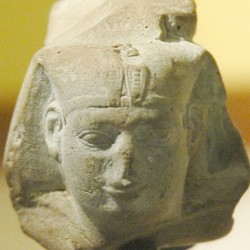 Shabaqo |
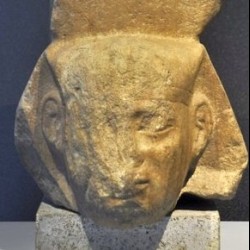 Shabaqo |
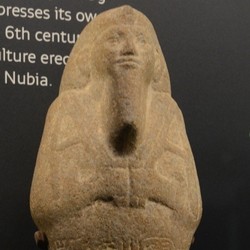 Nuri, Shabti of Taharqo |
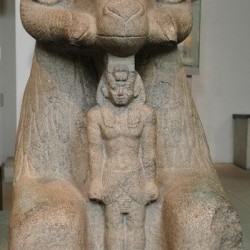 Ram sphinx of Taharqo |
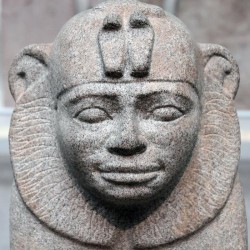 Sphinx of Taharqo |
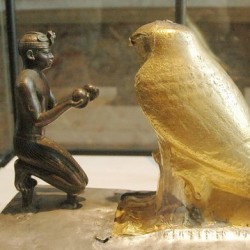 Taharqo venerating the falcon-god Hemen |
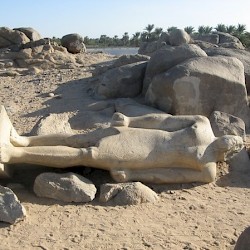 Tumbos, Statue of Taharqo |
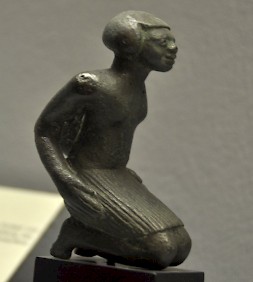
The Assyrians were not able to rule Egypt and willy-nilly handed over power to Twenty-Sixth Dynasty, which resided in Sais in the western delta of the Nile. These kings immediately resumed Egypt's traditional policy towards Nubia. King Psammetichus II (r.595-589) appears to have hated his southern neighbors: many portraits of Nubian kings were destroyed and he advanced to Napata, which he sacked.note
It is possible that this was one of the reasons why the Nubian kings moved their residence to Meroe, beyond the Fifth Cataract. However, the cemeteries of Napata remained in use, suggesting that the old capital remained an important place for the Nubian rulers. We would like to know more about this, because in 525 BCE, the Persian king Cambyses, who had conquered Egypt, thought about conquering Nubia.note If his aim was Napata, he was pursuing the old Nubian policy of Egypt; if, on the other hand, he seriously contemplated conquering Meroe, he was seriously overestimating his possibilities.
In any case, the Nubian king Aspelta moved the residence of the Nubian kings to Meroe.
